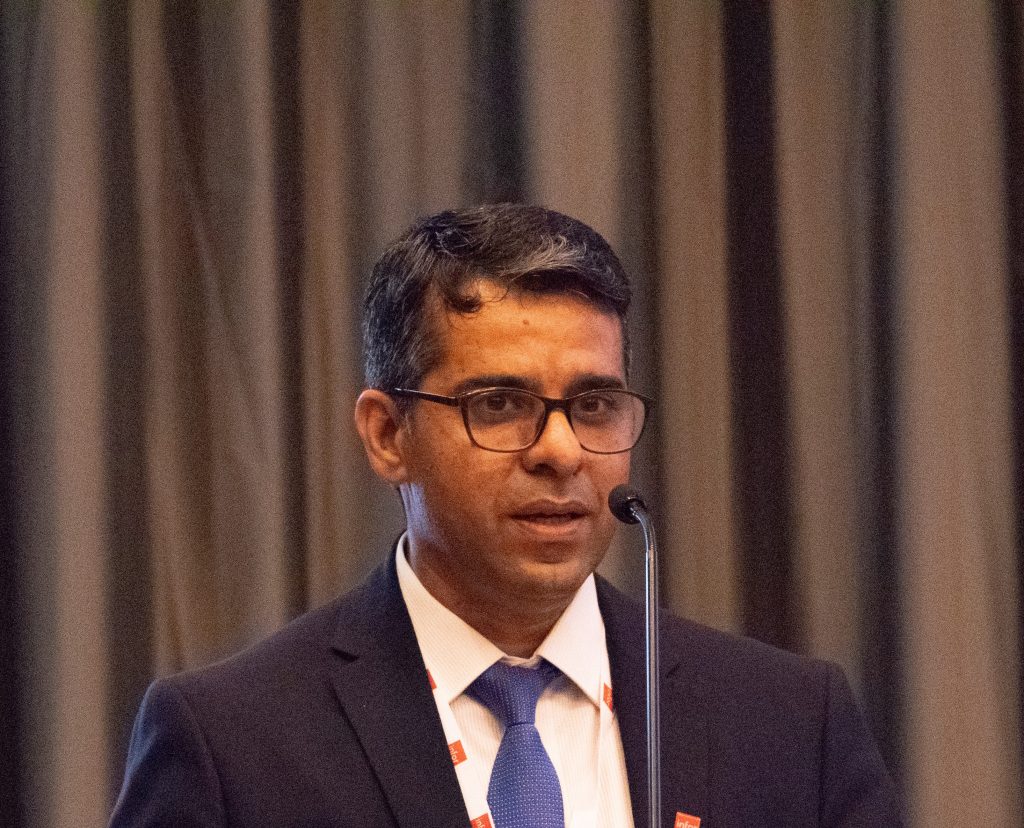As a highly-regulated sector, the aviation industry is utterly dependent on the use of technology. Sameer Makhija, Business Development Director – IMEA Asset Management Solution at Infor, tells Intelligent CIO how the company is supporting the sector.

An airport is like a mini city and is home to a multitude of different types of assets, all of which must be tracked and managed for effective airport operations. Administrators frequently refer to airports as the most expensive infrastructure asset in a city.
Broadly speaking airport assets can be segmented into key groups: facilities and infrastructure, ground handling equipment, communication and navigation, and airfield lighting and signage assets.
If we look at facilities and infrastructure, most large airports are likely to have their own power generators, water treatment plant, and related infrastructure such as sewer system, utility system, storm drainage system, HVAC and so on.
Ground handling equipment is a broad category that includes vehicles, passenger boarding bridges and all the other equipment involved in supporting the operations of aircraft while on the ground. Communication equipment includes airport surveillance, weather monitoring radars etc., while airfield assets consists of equipment such as runway lighting, which is critical to the safety of airports and flights.
Regardless of airport size or classification, this vast array of different asset needs implementation of effective maintenance processes and procedures to comply with regulations while also optimising costs and enhancing customer experience. This is where Infor has an advantage as we have a single solution – Infor CloudSuite EAM – that can manage a variety of assets, incorporate your maintenance strategies, manage your maintenance teams and monitor key performance indicators for better decision making.
Adding to the complexity is the fact that in many airports, many assets will be managed by a mix of internal and external teams such as contractors. This means that the airport asset management system must monitor internal employee’s utilisation as well as contractor service level agreements, across all the different assets, to ensure that everything is being inspected and maintained at the right time by the right people.
Just about every asset in an airport is important, from escalators and elevators that ensure the free and safe flow of passengers at the airport, to more mission critical infrastructure such as power and radars, without which an airport could not operate safely. This underscores why it is so important for airports to have a reliable and effective asset management software that ensures everything is properly maintained.
In the light of the current pandemic, as world is getting back to work, asset management tools can easily be extended to track contamination incidents, monitor cleaning and decontamination activities, implement safety measures and tag hazardous areas to provide a clean and safe working environment. For example, quarantine or decontamination tags can be displayed to keep passengers and staff away when an area or equipment requires deep cleaning.
Aviation is a heavily regulated industry, strategically comprised of policies, regulations, and resources that are committed to supporting aspects of safety and risk management. An effective asset management system assists in implementing the right maintenance strategies based on criticality of asset, their impact on the organisation, and what hazards they face, as this also has an impact on how they should be monitored, inspected and maintained.
Another very important area is the challenge that organisations face with respect to asset investment planning: You must remember that many of the assets in an airport are long term investments that have a lifecycle of 10 to 20 years. The organisation therefore needs access to information about the cost of maintenance over time, and analysis about cost of on-going maintenance versus replacing assets.
This kind of information helps airports to make decisions about upgrading or replacing assets at the optimal time. With the high value of airport assets, this can also help the owners – often governments – to plan effectively, as they will have a clear view of the investments, they will need to make in five, 10 or 20 years.


